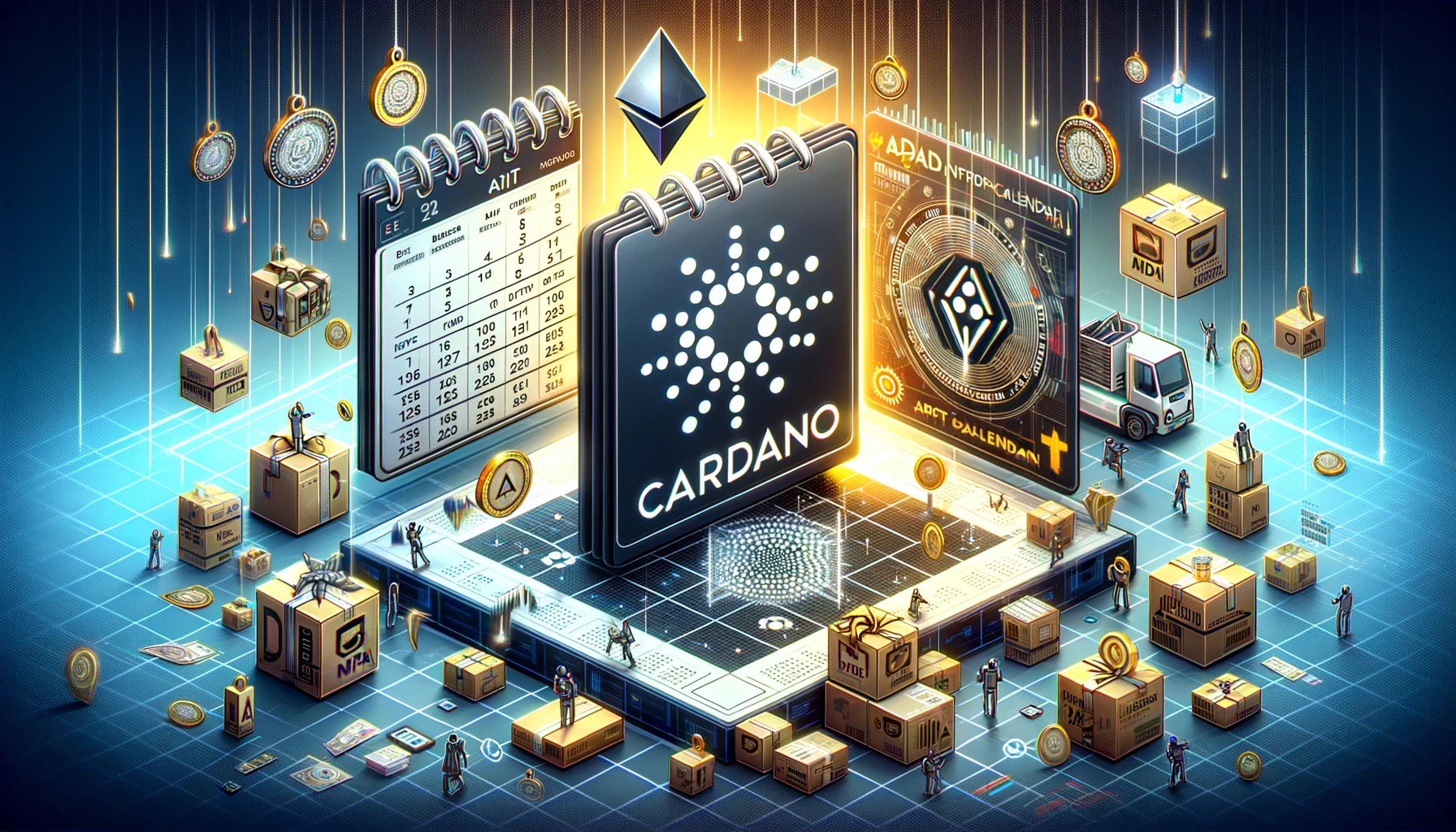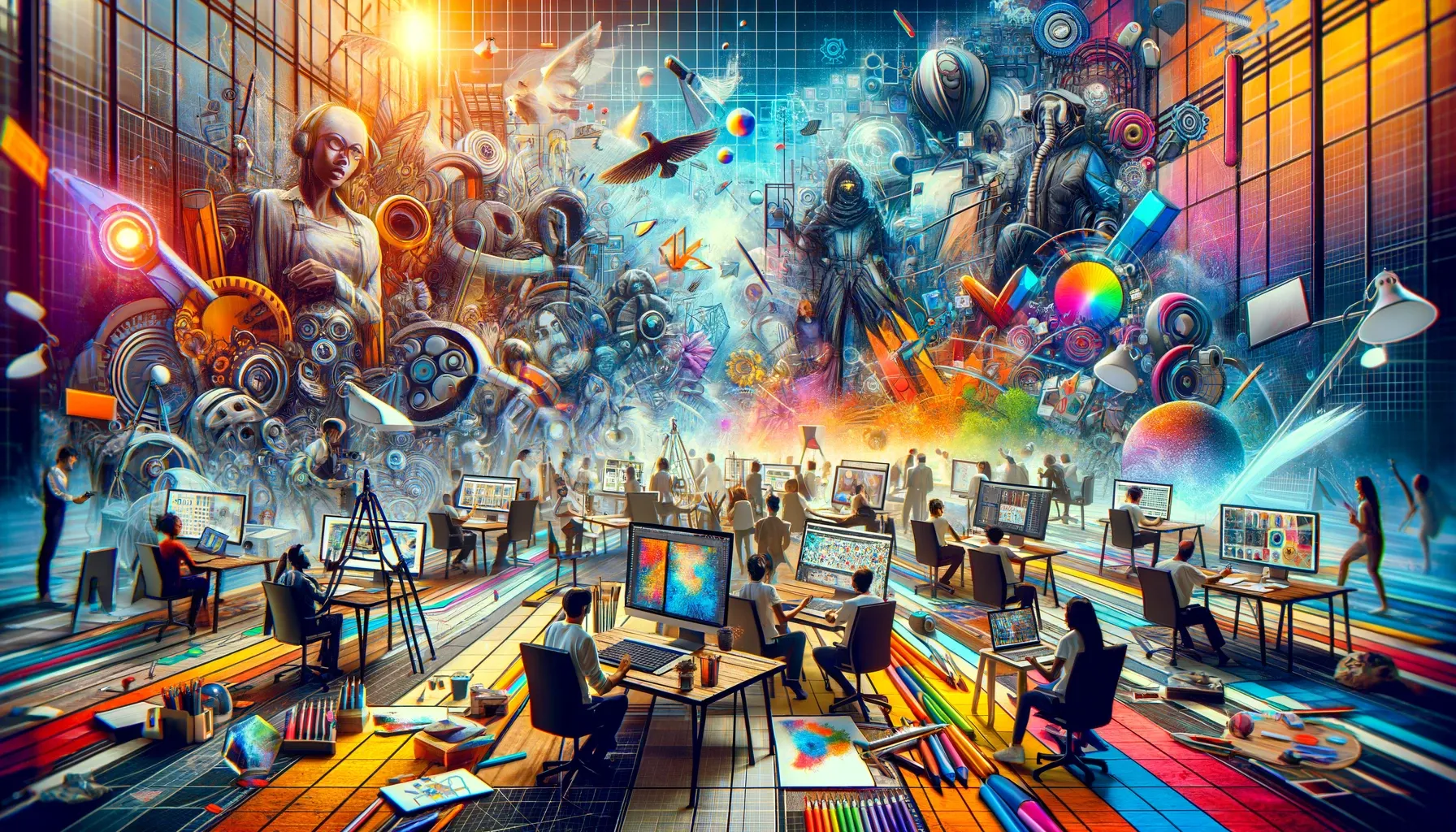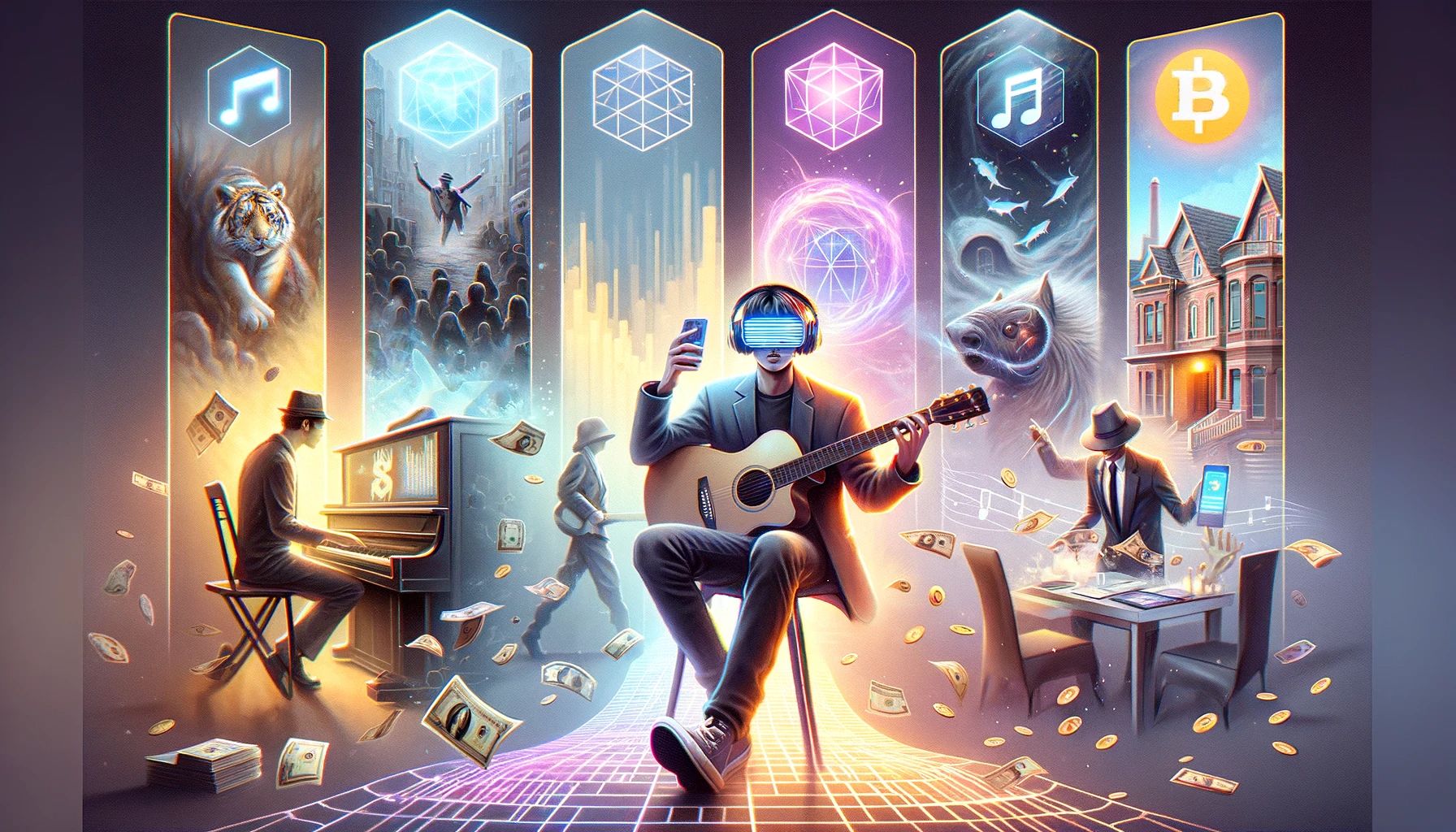The Biggest Misunderstanding of NFT Technology - Explaining Fungibility
June 1, 2022 - 7 min read
People are missing the bigger picture with NFTs - in this article I dive into the significance of the underlying technology and why its more than just JPEGs.

Updated July 4th, 2022
Introduction
A few weeks ago, I saw an Instagram story from someone in the sports card hobby poking fun at an NFT project that had multiple copies of the same asset.
His point was that no two NFTs, which stands for non-fungible token, should ever look alike, otherwise wouldn’t it make them fungible?
This debate actually came up a year ago when I first got into NFTs and was researching Curio Cards.
Curio Cards is a set of 30 cards each with a specific population.
This means that there are multiple copies of the same art on the blockchain, which some at the time were claiming meant they weren’t real NFTs because they were fungible.
Something that is fungible simply means there is another asset exactly like it of equal value. You can trade a $5 bill for another $5 bill and still have the same value, or trade five $1 bills for a $5 bill and have the same value.
The response was to categorize Curio Cards and other similar projects as semi-fungible tokens.
The debates were fun, as people are passionate about the space, but they are missing the point of NFTs entirely.
While NFT transactions do consume a concerning amount of energy, the meaning of NFTs in Urban dictionary shows how there is still a lot to learn about the underlying technology:
Below is the NFT meaning on Urban dictionary verbatim (but read on to see why it's viewed in a negative light):
"Worthless, glorified PNGs that only serve to consume a fuck-ton of electricity and to trick dipshit Crypto-nerds into buying them thinking they have value, only for the prize to completely drop in a couple of years like every crypto-scam
'Hey, look at my NFTs, they costed quite a lot' 'Just click save on the images, dumbass'" - NFT meaning Urban Dictionary
NFTs are not about the JPEGS. Let's dive into it.
Fungibility Isn’t Based on Artwork
There are 973 Curio Card Apples on OpenSea.
It’s the same artwork by the same artist.
There are multiple copies (although each has a unique serial number) of VeeFriends Series 1 characters.
You could argue that these aren’t NFTs because they are fungible.
E.g. I can trade one Patient Panda Core for another Patient Panda Core.
I can trade 1 Curio Card Apple for another Curio Card Apple.
But the technology of NFTs is NOT based on the artwork itself, it’s the underlying technology to distinguish a unique digital asset (e.g. could be sporting event tickets that look exactly the same but not everyone sits in the same seat).
I like to think of it as an operating system — there are specific rules that work within 1 unit or in this case token.
The technology of NFTs allows anyone to create a unique token that lives on the blockchain on a public ledger of record which enables buying, selling, and ownership.
Even if two assets look exactly alike, their token ID and records on the blockchain are entirely unique.
If Gary V decides that all owners of Patient Panda’s get to come with him to a New York Jets game, there’s a record of ownership for who could get access to that event.
On the flip side, you could argue that ticketing and access events using NFTs offer no additional benefit and would be rendered pointless.
But this is where it gets good.
It’s about scaled transfer of ownership. NFT technology allows for the transfer of ownership for unique digital assets at scale with a clear public record.
Currently, you might purchase tickets to a sporting event but sell them to a friend in cash. No royalties are collected on that sale by the company issuing the ticket.
You may also get a gift for having a ticket to a specific game, but after selling it to your friend, you still try to claim it and she tries to claim it.
This solves problems on a smaller scale (some I know think is unrealistic and still doesn’t bring benefit) but as technology matures, I’m betting that we will see it permeate our lives in many different ways.
Property Rights Are the Key to Economic Growth
I was an economics undergrad and even though I graduated college 11 years ago, I’ll never forget a class I took that effectively summed up economic prosperity: property rights.
There’s more to it than that, but the simple idea that I could legally own something and not have to continually watch over it allowed people to be productive, gain more assets and grow an economy.
Perhaps under current economic conditions, hard assets are preferable to digital, but NFTs do not have to be tied to just digital goods.
Remember, the technology is a scalable public ledger with contracts that could contain deeds to land, vehicle titles, etc.
Have you ever tried to get the title of your car? It can take weeks and is stored via a paper system.
NFTs aren’t digital apes, they’re infrastructure that could enable significant transformation in how we record and manage property and asset rights.
Again, non-fungibility is not a requirement here.
You may have two of the exact same cars tied to NFTs (think infrastructure, not pictures of Apes) with secure transfer and validation across a decentralized network that’s available for the public to view.
There are literally buildings that securely store vehicle titles — that’s just one example, but how much longer will it be before that goes digital in a scalable, secure way?
It may not click for some of you, but the people talking about how big this technology can be are not necessarily talking about art (although that is a great byproduct) they’re talking about the technological infrastructure to completely reshape how we record and secure ownership.
It’s Going to Take A While for People to See Past NFTs As JPEGs and Dollar Signs
Someone tweeted at Mark Cuban and said that people who claim crypto is like the early internet is mistaken because we’ve had the technology for 14 years.
The internet was opened to the public in 1991, despite being used in the 1960s (in a much different state) and 14 years would put us in 2005.
The internet was useful in 2005 but looked very different than it does today.
This was pre-iPhone and web 2.0, and before the days of Amazon Prime.
Personally, I think NFT / blockchain/crypto is much less sexy than social media because a lot of it is infrastructure and likely will take a longer cycle to build more daily use out of it.
But with the massive rise of NFT projects like Bored Ape Yacht Club, the majority of people won’t see past pictures of Apes who are Bored being traded for hundreds of thousands of dollars.
For better or for worse, they won’t be able to see into the plumbing of digital and physical property ownership rights and the opportunity to disrupt massive systems that are the underpinning of any economy.
It will happen slowly as more and more applications/use cases are built, but over time, I think it will become more apparent just how powerful non-fungible tokens can be in our everyday lives.
Conclusion
Fungibility is not about the JPEGs.
It’s about the technology, the underlying tokens that are given a unique identifier, and a wallet address of that owner who gains access to the benefits of owning that unique token.
We have security issues in the NFT space, and until those get much, much better (and I believe they will), we won’t see major transformations (no one wants to be easily scammed out of their car title).
Businesses will be built to help complete the infrastructure that’s needed to execute applications that influence our daily, practical lives.
It took 16 years after the internet was released for the iPhone to come out and truly offer web 2.0 that many would say re-shaped their lives, certainly more so than in the earlier days of the internet.
If you want to think about NFTs differently, think about the technology itself and how many times in your daily life you need to authenticate assets you use (checking your bank account, logging into e-mail, using your computer, driving your car, staying at your hotel, getting a package delivered).
Non-fungible tokens may not impact some of these aspects of our digital lives, but the potential is there with the technology.
Newsletter
Enter your email address below to subscribe to my newsletter
latest posts





